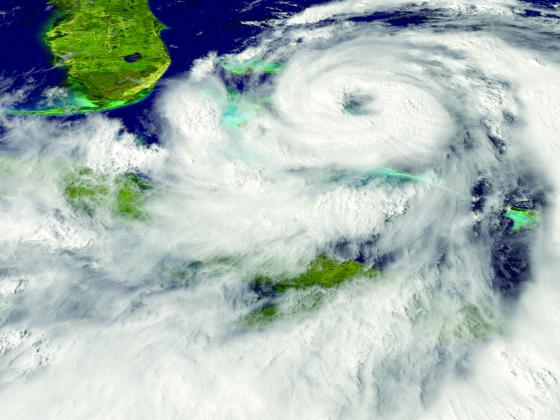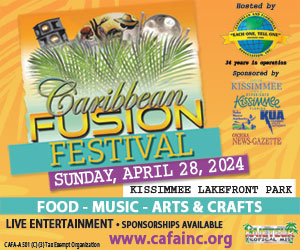Tax free shopping for supplies begins Friday
With what could be an active hurricane season, state officials are preparing new protocols for sheltering and evacuations during the pandemic.
“This virus really thrives and transmits when you have close sustained contact with people inside an enclosed environment,” Gov. Ron DeSantis told reporters earlier this month in Sarasota. “As you’re looking at sheltering for a hurricane, you have to keep that in mind. If you pile people into a place, under normal circumstances that may be fine, but that would potentially allow the virus to really spread if somebody is, in fact, infected.”
Hurricane season begins June 1, and forecasters at the National Oceanic and Atmospheric Administration are predicting more hurricanes than normal this year.
The Atlantic hurricane season, which usually peaks from late August through September and officially ends Nov. 1, typically produces 12 named storms.
This year, NOAA is forecasting between 13 and 19 named storms, six to 10 of which could become hurricanes. The average typically is six.
And three to six of those hurricanes could develop into Category 3, 4, or 5 storms with winds of 111 miles per hour or higher. The average season sees three major hurricanes.
NOAA’s forecasting model breaks down like this: There’s a 60 percent chance of an above-normal hurricane season, a 30 percent chance of an average season, and just a 10 percent chance of a below-normal season.
Weather experts say the El Niño climate pattern, which suppresses storms in the Atlantic, is not likely to form this year.
Instead, signs point to either neutral conditions or El Niño’s opposite, La Niña, which brings warm water into the Atlantic Ocean and creates conditions for more hurricanes. Warmer waters in the Caribbean also contribute to the likelihood of a busy season, according to NOAA.
“NOAA’s analysis of current and seasonal atmospheric conditions reveals a recipe for an active Atlantic hurricane season this year,” Neil Jacobs, acting NOAA administrator, said in a statement.
The season’s first named storm, Arthur, has already come and gone. It brushed up against North Carolina before moving back out into the ocean.
Meanwhile, Friday marks the start of this year’s tax-free shopping week for hurricane supplies.
Shoppers won’t be charged sales tax on items such as flashlights, batteries, coolers, radios and generators from May 29 through June 4.
Selling for $10 or less:
• Reusable ice (reusable ice packs)
Selling for $20 or less:
• Any portable self-powered light source (powered by battery, solar, hand-crank or gas)
• Candles
• Flashlights
• Lanterns
Selling for $25 or less:
• Any gas or diesel fuel container, including LP gas and kerosene containers
Selling for $30 or less:
• Batteries, including rechargeable batteries, only these sizes:
• AAA-cell
• AA-cell
• C-cell
• D-cell
• 6-volt
• 9-volt
• Coolers and ice chests (food storage; nonelectrical)
Selling for $50 or less:
•Bungee cords
•Ground anchor systems
•Radios (powered by battery, solar or hand-crank)
• Ratchet straps
• Tarpaulins (tarps)
• Tie-down kits
• Visqueen, plastic sheeting, plastic drop cloths and other flexible waterproof sheeting
Selling for $750 or less:
Portable generators used to provide light or communications or to preserve food in the event of a power outage.




